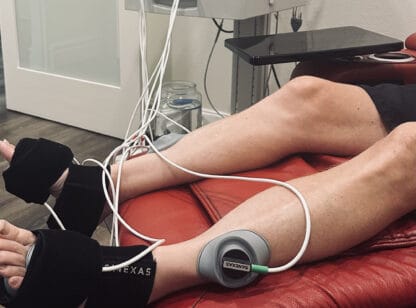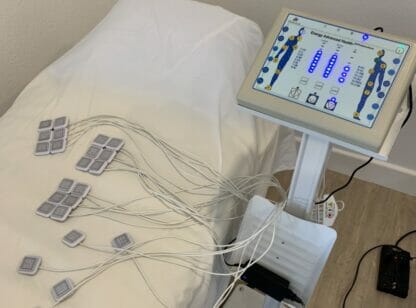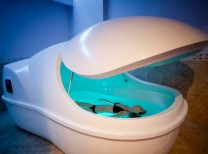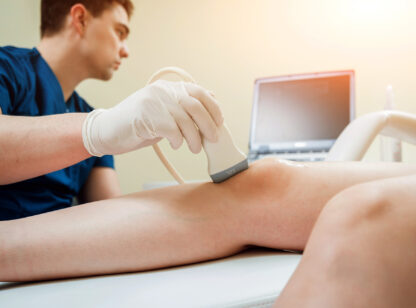Osteomyelitis is a serious bacterial infection of the bone which may unexpectedly occur from something as simple as a dental procedure or bone fracture. It is often due to a staphylococci (staph) bacteria that begins in soft tissue and spreads to outer layers of bone, and sometimes the inner bone marrow, by way of the blood.1
The difficulty of treating osteomyelitis is that it causes a lack of oxygen in the tissues where the healing should occur. Fortunately, Hyperbaric Oxygen Therapy (HBOT) has proven to be an effective tool for osteomyelitis when used in conjunction with antibiotics and surgery.1
Osteomyelitis may occur in infants, children and adults, with different types of bacteria affecting different age groups. It can be chronic or acute. In children it most often occurs at the ends of the long bones of the arms and legs; in adults it is more common in the jaw (mandible), the maxilla (upper palate of the mouth), spine, feet or pelvis.2
Conventional treatment may include several weeks of bed rest and antibiotics. In cases where the bone has died, referred to as osteonecrosis and resulting from a loss of blood supply to the area, surgery may be required to remove the dead bone and tissue. Osteonecrosis often results from radiation therapy; it is a gradual process and can take many years to appear. As an adjunct to surgery, HBOT has been shown to produce new blood vessels to help the remaining area heal.3
How does HBOT work? HBOT is an FDA-approved medical treatment in which the patient is enclosed in a chamber and breathes oxygen while the chamber pressure is increased as much as three times normal atmospheric pressure. Oxygen under the pressure becomes soluble and reaches areas of the body where the tissues have been compromised, thereby accelerating healing. With osteomyelitis, it provides forced oxygenation in the bones, thus helping to strengthen the bone cells and reabsorb the dead bone. It also adds oxygen to the white blood cells (which depend upon oxygen to function) and helps the body create new blood vessels. In addition, HBOT improves circulation, boosts the effects of antibiotics, and accelerates bone growth and healing.1
“In our practice, HBOT is generally used to treat three different classes of patients: 1) osteomyelitis which is resistant to standard surgical treatment; 2) osteoradionecrosis of the jaw related to radiation therapy for the treatment of head and neck cancer; and 3) treatment of poor healing wounds,” says oral and maxillofacial surgeon Dr. Milan Jugan of Rancho Mirage. “The tissue in these disease processes all have the same issues, for which hyperbaric oxygen is the ideal medium. Using various protocols, HBOT provides an essential adjunct to our surgical therapy in the rehabilitation of these patients.”
HBOT is now a widely accepted and often lifesaving modality. Other applications include diabetic wounds that won’t heal, autism, stroke, lyme disease, and neurological disorders, and many medical conditions are now covered by insurance.
Osteomyelitis, like other necrotizing infections, involves very frightening germs. Some traditional therapies used against these microscopic invaders are beginning to weaken, and HBOT is a vital new process which will help to combat these resistant germs.
For more information, contact Desert Hyperbaric Medicine at (760) 773.3899.
References: 1) www.hyperbariclink.com/diseases-and-conditions/osteomyelitis; 2) www.medicinenet.com/osteomyelitis/article; 3) www.virginiamason.org.













































Comments (0)